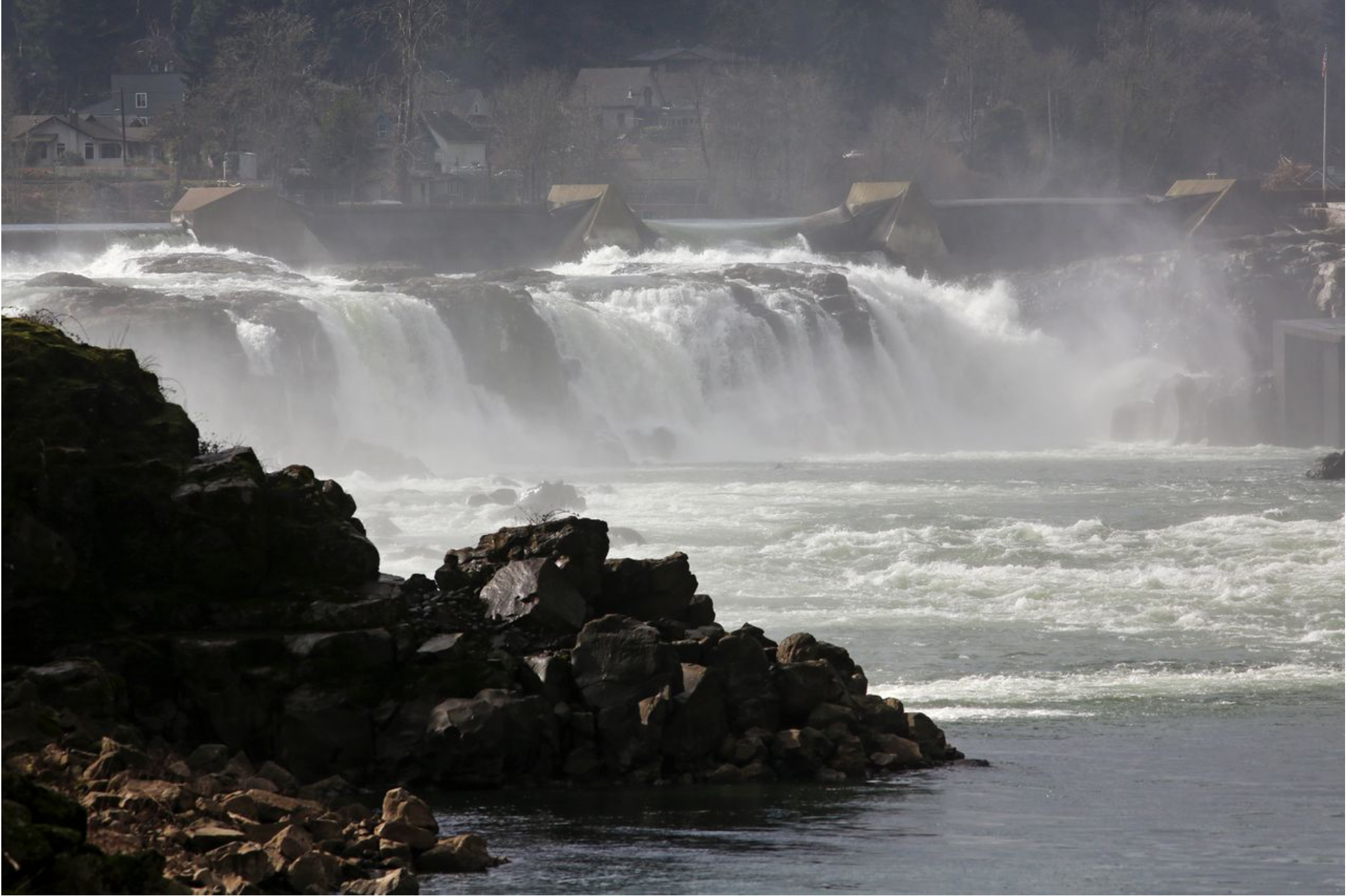The Oregonian: Willamette Falls remains a place of spiritual, cultural importance for Northwest tribes
Willamette Falls, just 26 miles upriver from the confluence with the Columbia River, was home to a number of independent villages for untold generations. Like Celilo Falls on the Columbia, Willamette Falls was a place where people from around the region, particularly those who lived in the dozens of neighboring villages along and near the lower Columbia River – later known collectively as the Chinookan peoples – gathered to fish, trade, gamble and socialize, according to tribal historians.
But as European traders descended on the Pacific Northwest in the 19th century, they carried diseases that began to decimate local populations. Treaties signed with the U.S. government in the 1850s created new confederated tribes, and survivors of the Willamette and Columbia River villages were subsequently forced off their ancestral homelands and scattered among the newly created tribal reservations.
Willamette Falls flows strongly during winter, seen from the old Blue Heron Paper Mill site in Oregon City, now owned by the Confederated Tribes of Grand Ronde. Jamie Hale/The Oregonian

